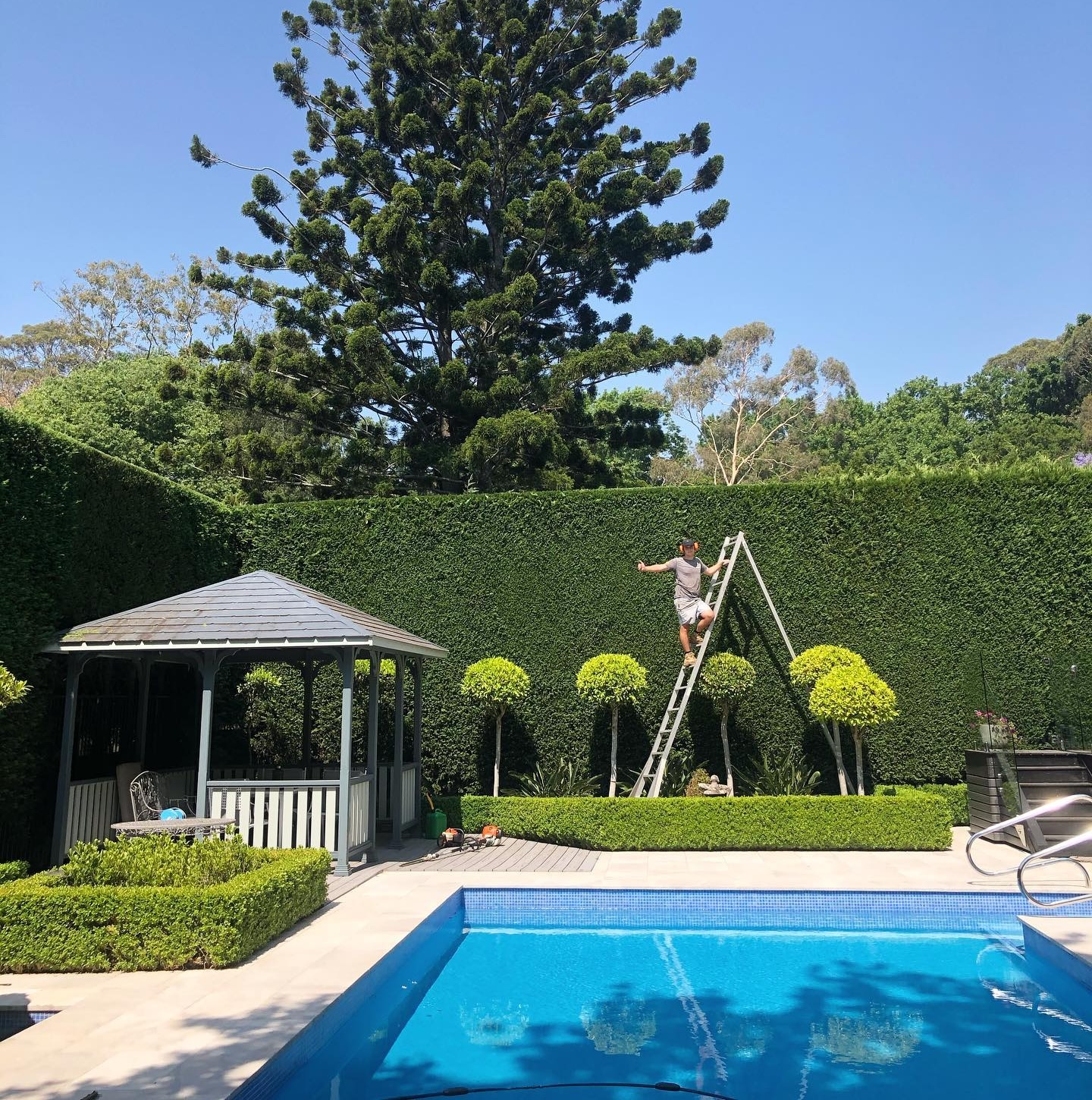7 Reasons Your Cedar Hedge Is Turning Brown
Common reasons why cedar hedges turn brown

Cedar hedges are a popular choice for creating lush, green privacy screens and adding beauty to landscapes. However, when your cedar hedge starts turning brown, it can be alarming and may indicate underlying issues that need attention. Browning foliage can be caused by environmental stress, pests, diseases, or improper care.
In this article, we’ll explore the common reasons why cedar hedges turn brown and offer practical solutions to restore their health and vibrancy.
Common Reasons Why Cedar Hedges Turn Brown
1. Seasonal Needle Drop
All evergreens, including cedar hedges, naturally shed older needles to make way for new growth. This process, known as seasonal needle drop, is entirely normal.
Signs:
- Browning occurs on the inner needles, close to the trunk.
- Newer, outer foliage remains green and healthy.
Solution:
- No action is needed. Seasonal needle drop is part of the hedge’s natural growth cycle.
2. Drought Stress
Cedar hedges require consistent moisture, especially during hot, dry periods. Without enough water, the foliage can dry out and turn brown.
Signs:
- Browning begins at the tips or edges of leaves and spreads inward.
- Soil around the hedge is dry or cracked.
Solution:
- Water deeply at the base of the hedge, ensuring the roots receive sufficient moisture.
- Apply a layer of mulch around the base to retain soil moisture and protect roots.
3. Overwatering or Poor Drainage
While cedars need moisture, excessive watering or waterlogged soil can suffocate roots and lead to root rot, causing browning.
Signs:
- Browning appears throughout the hedge.
- Soil feels constantly wet or soggy.
- Roots may smell foul or appear mushy.
Solution:
- Check that the soil drains well. If necessary, amend with sand or organic matter to improve drainage.
- Water only when the top layer of soil feels dry to the touch.
4. Fungal Diseases
Cedar hedges are susceptible to fungal infections, such as needle blight or root rot, which can cause browning.
Signs:
- Brown or black spots appear on needles or branches.
- Foliage browns prematurely and drops.
- Affected areas may spread across the hedge.
Solution:
- Prune and remove infected branches to prevent further spread.
- Apply a fungicide recommended for cedar trees.
- Improve airflow by thinning nearby vegetation and avoiding overcrowding.
5. Pests
Pests such as spider mites, aphids, or cedar bark beetles can infest cedar hedges and cause browning by feeding on the foliage or bark.
Signs:
- Tiny holes in the bark or webbing on the leaves.
- Sticky residue (honeydew) or fine sawdust-like material near the base.
- Browning concentrated in specific areas of the hedge.
Solution:
- Inspect the hedge for visible pests and signs of infestation.
- Treat with insecticidal soap or horticultural oil for mild infestations.
- Consult a professional arborist for severe pest problems.
6. Winter Burn
Winter burn occurs when cold winds and dry conditions cause the hedge to lose moisture faster than it can absorb it.
Signs:
- Browning on the windward side of the hedge.
- Damage appears in late winter or early spring.
Solution:
- Protect the hedge with burlap wraps during harsh winters.
- Water the hedge thoroughly before the ground freezes to ensure adequate moisture.
7. Improper Pruning
Improper pruning techniques or excessive cutting can stress cedar hedges, leading to browning foliage.
Signs:
- Browning occurs at the tips or edges where cuts were made.
- Slow regrowth or bare patches.
Solution:
- Prune only during the appropriate seasons (late spring or early summer).
- Use sharp tools to make clean cuts and avoid cutting into old wood, which may not regrow.
8. Nutrient Deficiency
Cedar hedges require balanced nutrients to thrive. A lack of essential nutrients, such as nitrogen or magnesium, can cause browning.
Signs:
- Leaves turn yellow or brown and growth appears stunted.
- Soil may appear depleted or compacted.
Solution:
- Apply a slow-release fertilizer formulated for evergreen trees.
- Conduct a soil test to identify deficiencies and amend the soil as needed.
How to Prevent Browning in Cedar Hedges
To keep your cedar hedge healthy and green, follow these preventive tips:
- Water Wisely: Provide deep, consistent watering, especially during dry periods, without overwatering.
- Fertilize Annually: Apply a balanced fertilizer in early spring to promote healthy growth.
- Prune Properly: Trim lightly each year to maintain shape without stressing the plant.
- Mulch Regularly: Add mulch around the base to retain moisture and protect roots from temperature fluctuations.
- Inspect for Pests and Diseases: Regularly check your hedge for signs of trouble and address issues promptly.
- Protect During Winter: Use burlap wraps or windbreaks to shield your hedge from cold, drying winds.
When to Call a Professional
If your cedar hedge continues to decline despite your efforts, it may be time to seek professional help. A skilled gardener or arborist can:
- Diagnose the root cause of browning.
- Treat severe pest infestations or fungal diseases.
- Provide tailored care and maintenance advice for your hedge.
Restore Your Cedar Hedge with Ascent Yard Care
Cedar hedges are a valuable part of any landscape, providing privacy, beauty, and structure. If your cedar hedge is turning brown, Ascent Yard Care is here to help. Our expert team offers professional hedge care services, including pruning, pest management, and soil improvement, to restore your hedge to its lush, green glory.
Contact Ascent Yard Care today for expert cedar hedge care in Victoria, BC, and let us help your hedges thrive!
